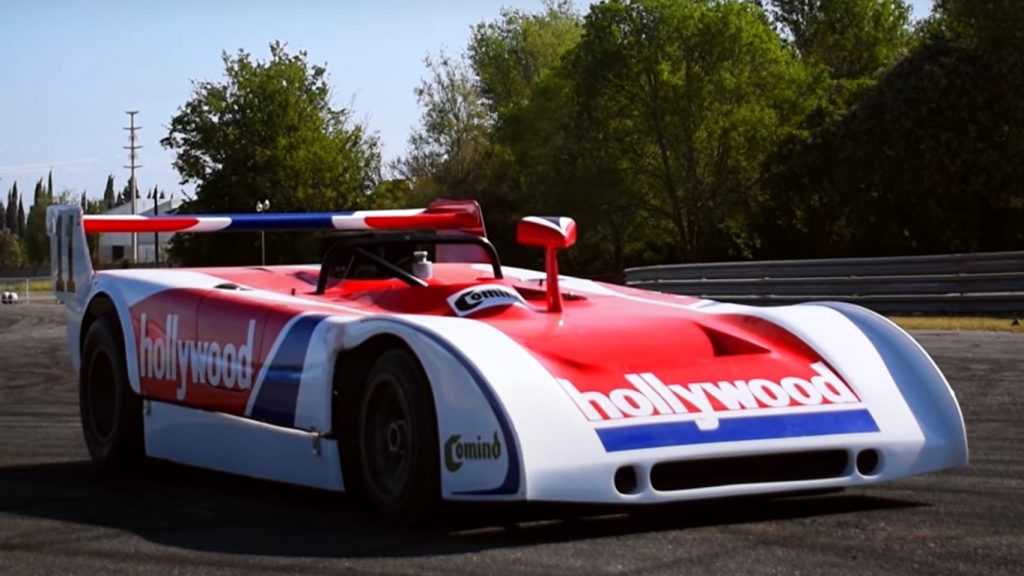Norman Casari was born in 1936, in São Paulo, son of Italian industrialist Antonio Casari and Silvia Barbosa. The driver learned to drive at the age of 10, encouraged by his father, but he only participated in his first race at the age of 24, in a Volkswagen in Brasília. He then started to participate in some races with a DKW-Vemag, catching the attention of Jorge Lettry, head of the DKW Competition Department, who invited him to be part of the factory’s official team, achieving impressive results.
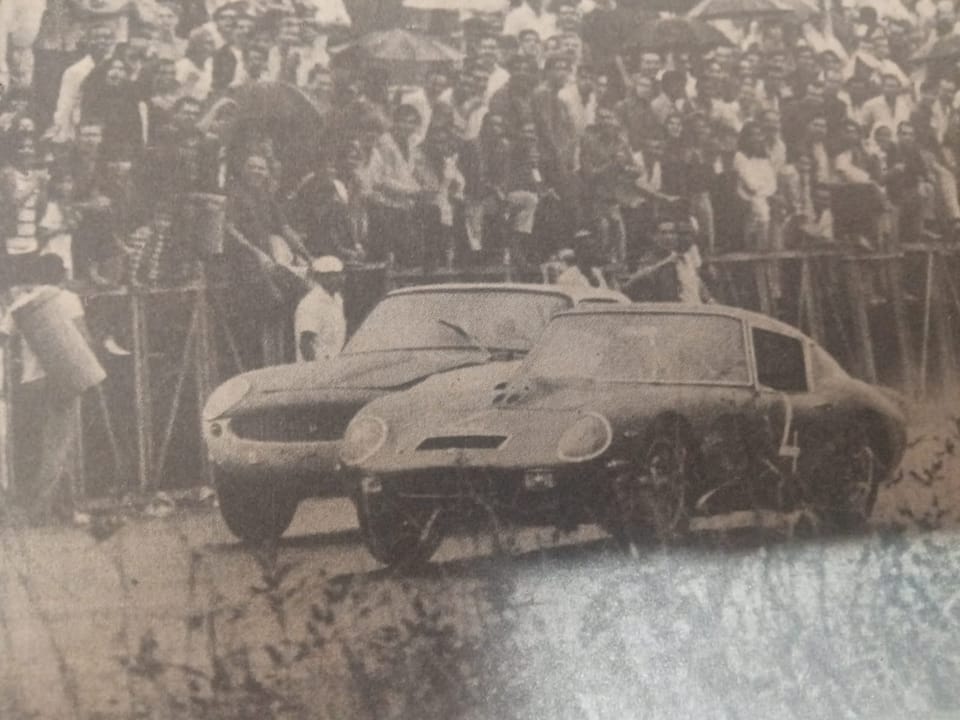
However, the highlight of his time with DKW came with the Brazilian speed record, established in the Cárcara (a bird of prey, also know in the US as the Mexican Eagle, while the Brazilian name come from the Tupi language), a car built on the chassis of a Formula Junior with a DKW engine and low drag bodywork designed by Anísio Campos.
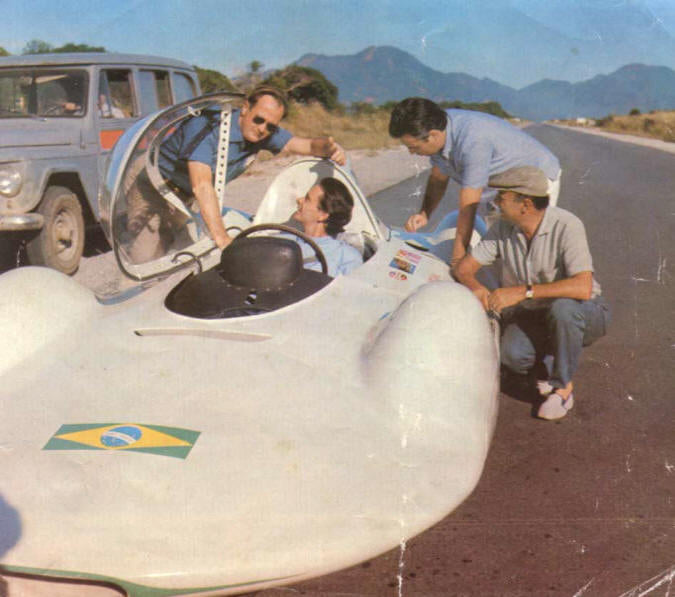
After the record, the Cárcara remained at the Vemag factory, and was eventually donated to Norman Casari, who at the time was determined to build a Brazilian made prototype capable of standing up to the Lolas and Porsches that dominated the local racing scene. Without financial support from his father, who said that motorsport was for crazy people, Norman opened a minicar factory for children and began designing his prototype in 1968, but with the collapse of the minicar business and without the help of any sponsor, Casari ended up buying a truck and started working transporting coffee beans from the interior of Minas Gerais to Rio de Janeiro to finance the construction of the A1.
Racing History
The car’s first training sessions were carried out at the Rio de Janeiro racetrack, with Bob Sharp at the wheel. According to the driver, in these tests the car proved to be stable, but with poor handling on the straights, due to an issue in the transmission. Furthermore, in initial tests, the Casari A1 suffered a broken halfshaft.
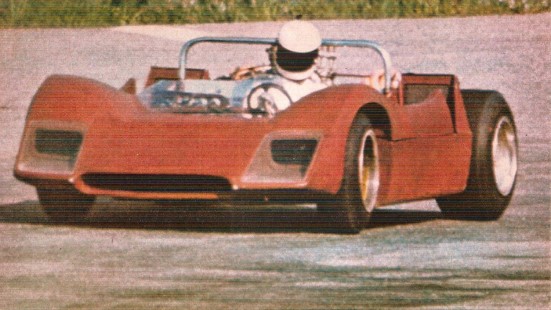
The A1’s debut on the track took place a few days after this first training session, at the 1,000 km of Brasília, with Bob Sharp and Milton Amaral driving, resulting in a retirement due to mechanical problems, and to make things worst, the car still had directional stability problems. Despite having been built without sponsorship, the Casari A1 (along with the Repe 227 and the Lola T70) marked the first Brazilian motorsport team with sponsorship, with the Brahma brewery naming the race team as Casari-Brahma.
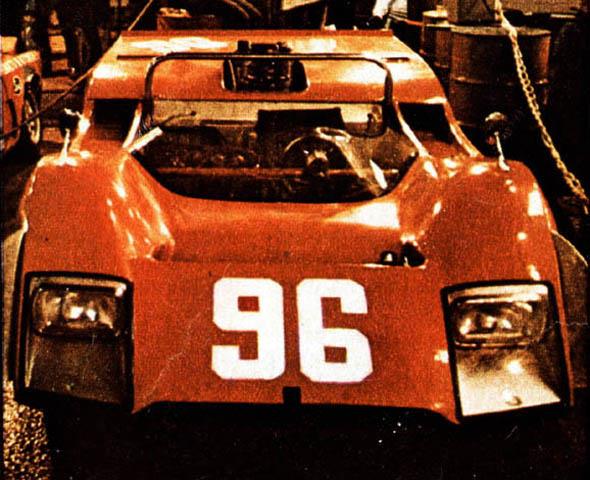
In 1970, the Casari would still be entered in the 2 Hours of Curitiba, with Norman Casari himself at the wheel, and with modifications to the steering and suspension geometry. The car performed better, but a new problem arose: the brake pads could not withstand the effort of the 20-minute race, resulting in another retirement. Furthermore, the hydraulic clutch actuation system also proved to be problematic.
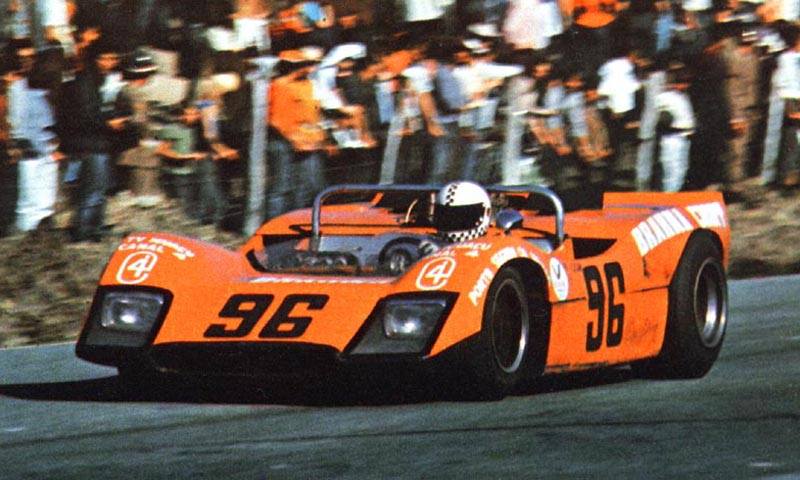
The last race of the season for the Casari A1 was the Brazilian Mille Miglia, again with Bob Sharp and Milton Amaral. For this test, the car was equipped with Mercedes-Benz front disc brakes, while the rear ones remained those of DKW origin. However, the result was once again a retirement, this time with a blown head gasket after half an hour of racing.
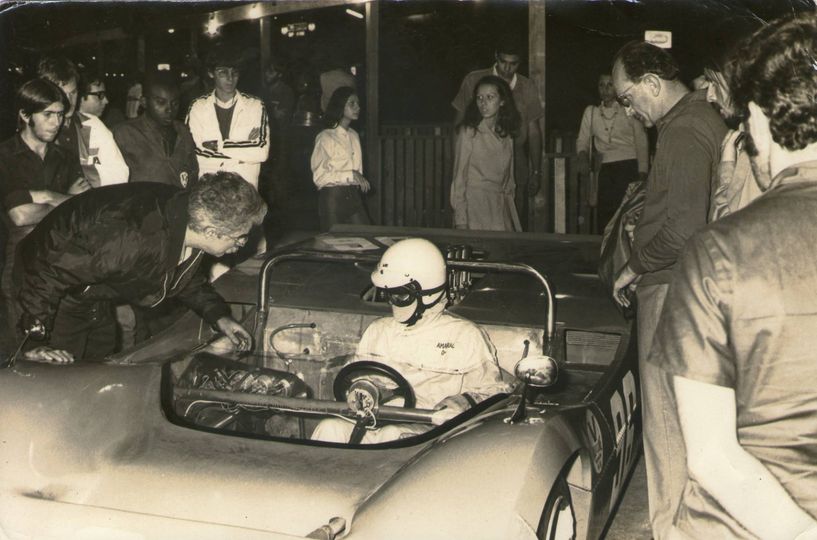
In the 1971 season, the first race contested by the Brahma team with the Casari A 1 was the Race of Champions, with Jan Balder driving. For this race, the rear suspension mounting points were repositioned and the car performed well in the test, however a failure in the shifter bracket resulted in a modest 13th position in the overall classification. A week later the A1 returned to the track, for the Tarumã International GP, the opening race of the SUDAM championship (the SUDAM championship was the southern counterpart of CAN-AM, joining the best Brazilian and Argentinian prototypes and drivers). Even without the ideal gear ratios for the Tarumã track, and now with the front bodywork now modified, Jan Balder managed to finish in 4th place overall, and second among Brazilian made cars, behind José Renato “Tite” Catapani’s Lola T210, Ruben Alonso’s Vounta D3M Tornado and Pedro Victor de Lamare’s Fúria-Chevrolet.
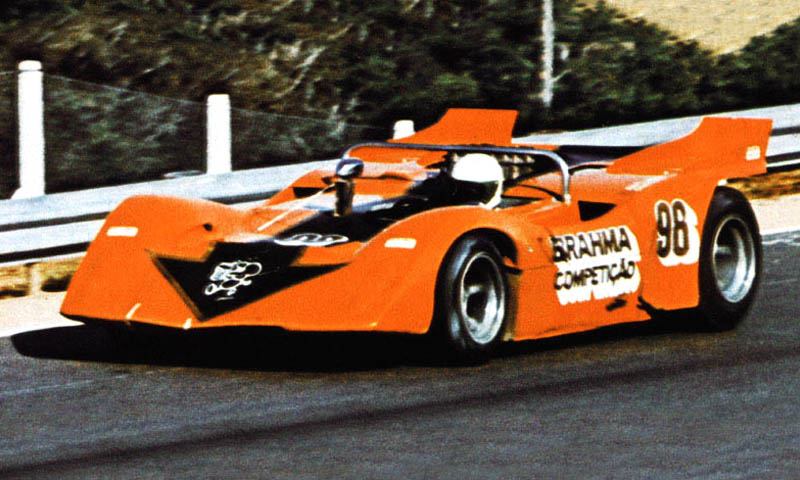
For the next race, the Torneio União e Disciplina in Interlagos, the Brahma team brought improvements to the engine, with a camshaft “copied” from an Iskenderian design and larger valves in a reworked head, resulting in the car’s first victory, driven by Jan Balder.
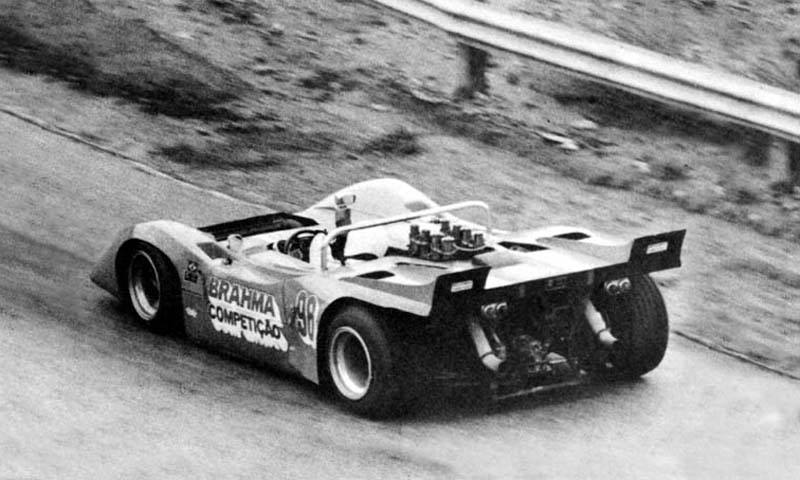
The car then participated in the Festival of Records, a top speed challenge competition sponsored by the newspaper O Globo and timed by Quatro Rodas magazine. The Brahma team took its three cars – the Casari A1, the Lola T70 and the Repe 227 – and the great hopes were that the Lola would be able to break the previous record, held by Camilo Christófaro in the legendary Carretera #18, but problems with the car ignition forced the team to focus on domestic prototypes for the record attempt. After two passes in both directions of the Rio-Santos highway, Norman reached the mark of 238.890 km/h, surpassing the mark set by Camilo Christófaro at 2.233 km/h.
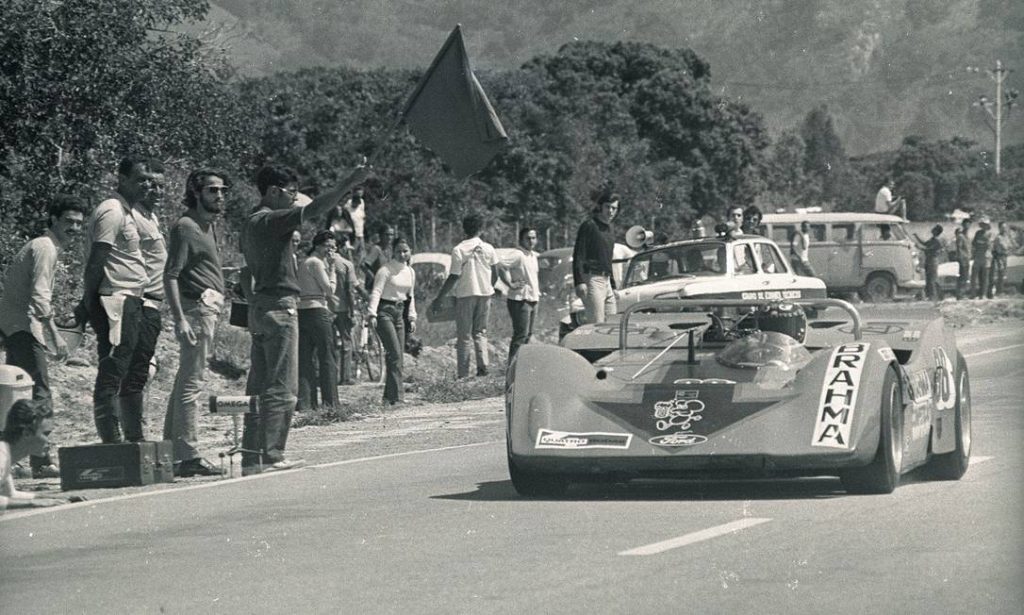
In the same week, the Brahma team traveled to Interlagos to compete in the 500 Kilometers, a race that had the Hollywood team’s Porsche 908 and 910 as favorites. Due to the participation in the Festival of Records, the team was unable to enter the practice sessions, and only entered the race after the withdrawal of the Ford GT40 from the Arte e Instrução team (due to sabotage) and the Lola T70 from the Brahma team itself, which had an accident on a practice session. Despite starting on the last row, Balder took the prototype to the top positions in just a few laps, but the car’s suspension broke after Norman slid off track, resulting in a retirement.
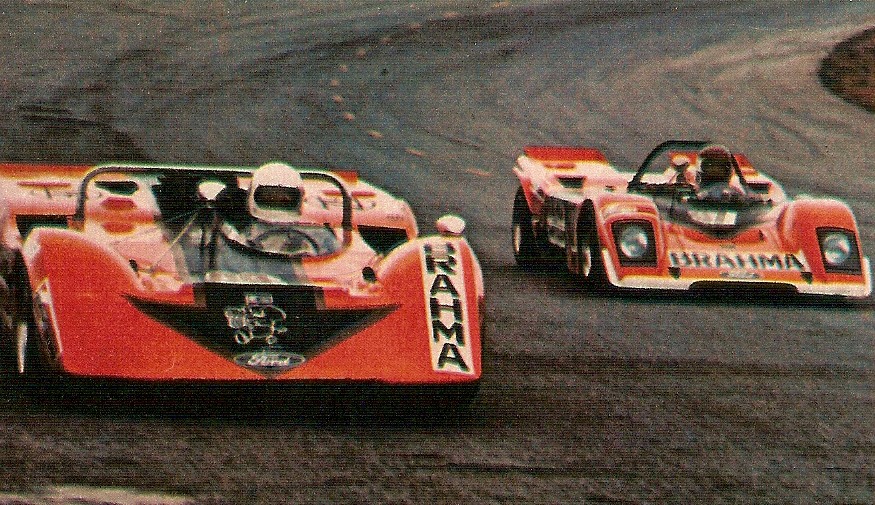
The last race of the Casari A1 took place at the Copa Paraná, a race for Brazilian manufactured sports cars that marked the inauguration of the inner layout of the Pinhais Race Track. With Norman Casari at the wheel, the biggest opponent in the race was Luís Moura Brito from Paraná, with a Manta VW 1700 prototype, which retired before halfway through the first heat after the hub of one of the front wheels broke. As a result, the victory was easy, with a 1-lap advantage over Antônio Meirelles’ Puma in the aggregate of the two 25-lap heats.
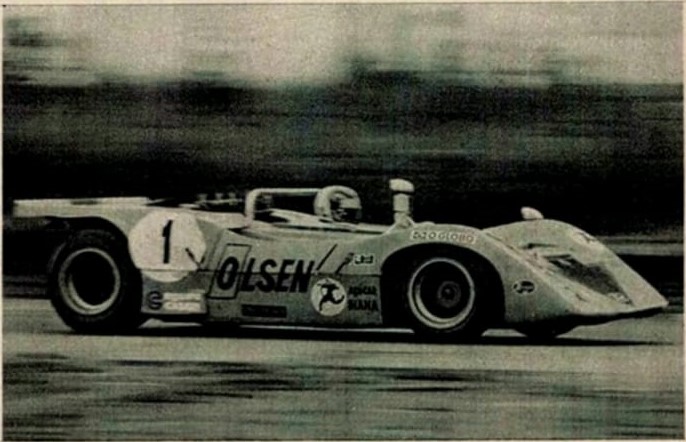
Technical Specs
The Casari A1 was built following the Group 7 regulations, with a tubeframe chassis in molybdenum steel, and a fiberglass and aluminum bodywork developed by Renato Peixoto, using Can-Am prototypes as inspiration, resulting in a weight of 850 kg. The wheelbase is 2300 mm – hence the name 230 that often accompanies the prototype. This bodywork was “borrowed” from the AC prototype, but adapted to the different dimensions of the Casari.

The prototype received a 4.5-liter Ford Y-Block 272 V8 engine (the Landau’s engine), with four Weber carburetors and Empy preparation components, Shelby engine valves, magnesium rocker arms and molibdenium rods, resultin in a maximum power of 320 HP at 6.500 rpm. The engine was coupled through a multidisc clutch to a five-speed limited-slip ZF transmission. Clutch control was hydraulic, from Borg & Beck.
The suspension is independent on all four wheels, with adjustable Koni shock absorbers, double-A arms at the front a McPherson layout at the rear. Braking was through ATE-Dunlop disc brakes on all four wheels and 15-inch magnesium wheels, with 10.5″ front width and 14″ rear width and Firestone race tires, and several mechanical elements taken from the Carcará, like the steering system (originally from the Renault Gordini).

Currently, the Casari A1 has been restored, and is on display at the Museu Brasileiro de Automobilismo at Passo Fundo, owned by Paulo Trevisan.
Results
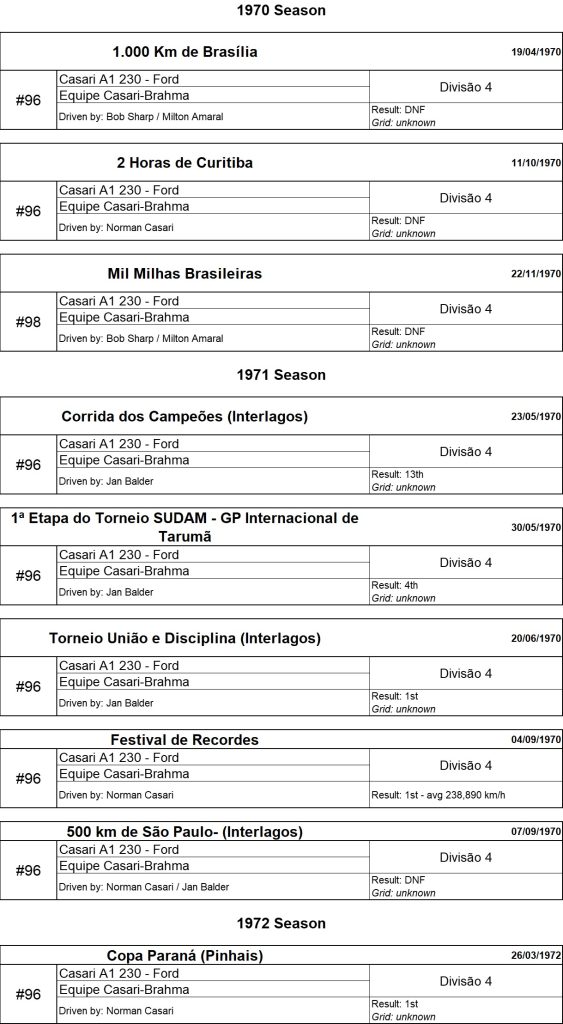
Sources:
Fazendo carrinhos, êle apresenta o carrão. A Tribuna, year 76, number 226, 12 of December of 1969.
Um novo protótipo está correndo: é o brasileiro Casari. Quatro Rodas magazine, number 118, May of 1970.
Brasília. A vitória do Puma Mineiro em Mil Quilômetros de confusão. Quatro Rodas magazine, number 118, May of 1970.
O Porsche mostrou como sabe vencer. Quatro Rodas magazine, number 124, November of 1970.
Um show de velocidade: Mil Milhas de Interlagos. Quatro Rodas magazine, number 126, January of 1971.
SUDAM. Começou uma nova era para nossas corridas. Quatro Rodas magazine, number 132, July of 1971.
Interlagos. Dois campeões nos 500 km: Lian e o Porsche. Quatro Rodas magazine, number 135, October of 1971.
Recorde. O Prêmio para uma equipe. Quatro Rodas magazine, number 135, October of 1971.
A festa foi de Casari. Quatro Rodas magazine, number 142, May of 1972.

